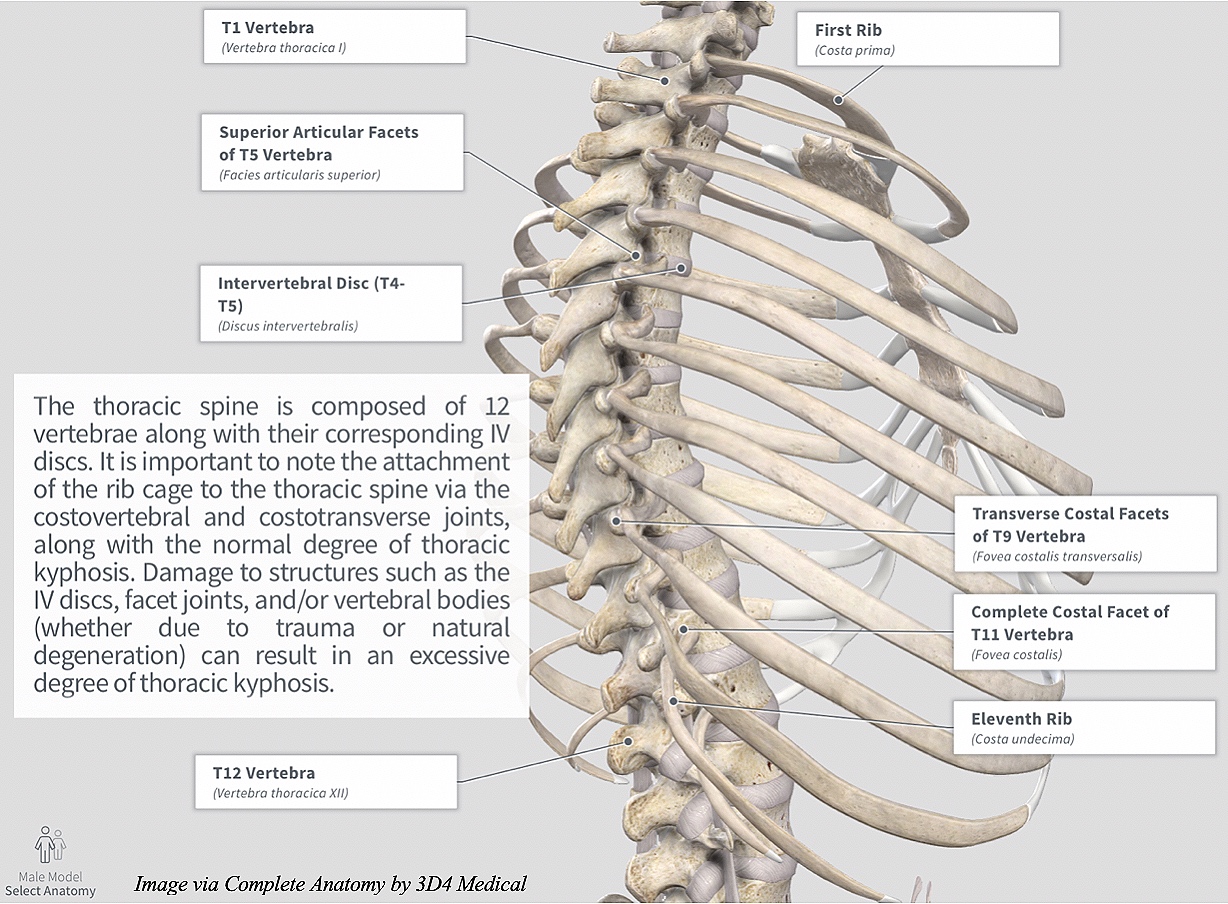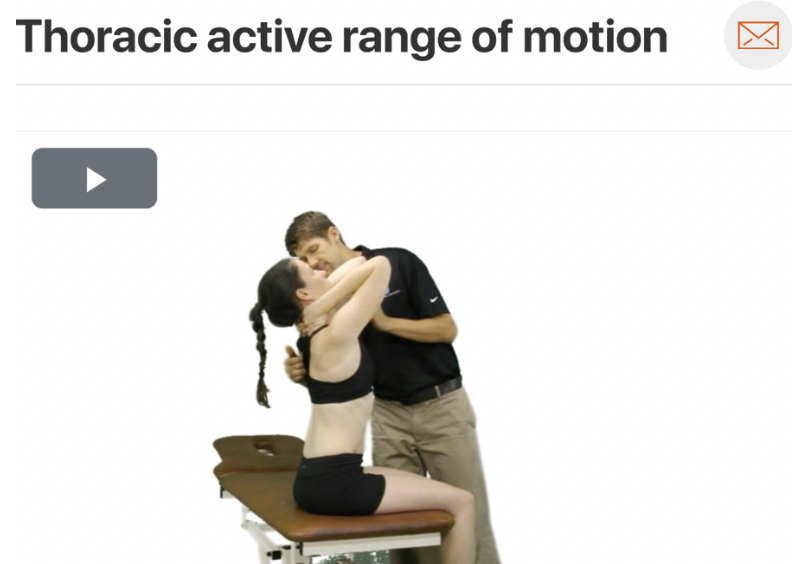Source and Notes:
Journal of Orthopaedic & Sports Physical Therapy 2018 48:5, 381-387
Drop vertical jump task is commonly used to screen for anterior cruciate ligament
injury risk.
Purpose: Investigate the influence of additional cognitive demands on lower
extremity mechanics during execution of the drop vertical jump task (stood on a 31-
cm-high box, positioned 15.24 cm behind the force plates, with their feet 35 cm
apart, were required to drop off the box, land with their feet on separate force
plates, and immediately perform a maximum vertical jump, raising both arms as if
they were jumping to grab a rebound).
Methods: - 4 different conditions: (1) without decision making or an overhead goal
(DVJ), (2) without decision making but with an overhead goal (OG), (3) with
decision making (jump or no jump) but without an overhead goal (DM), and (4) with
both decision making and an overhead goal (DM+OG).
Results: Inclusion of the overhead goal resulted in higher peak vertical ground
reaction forces and lower peak knee flexion angles in comparison to the standard
drop vertical jump task. Greater peak knee abduction angles in trials incorporated
temporal constraints on decision making and/or required participants to attend to
an overhead goal, in comparison to the standard drop vertical jump task.
Discussion- Higher vGRFs and lower knee flexion angles are indicative of a relatively
stiff landing pattern, which may increase forces acting on the ACL.. Collectively,
these additional cognitive demands appear to have resulted in a landing pattern
whereby participants relied more on knee motion in the frontal plane to decelerate
their center of mass.












